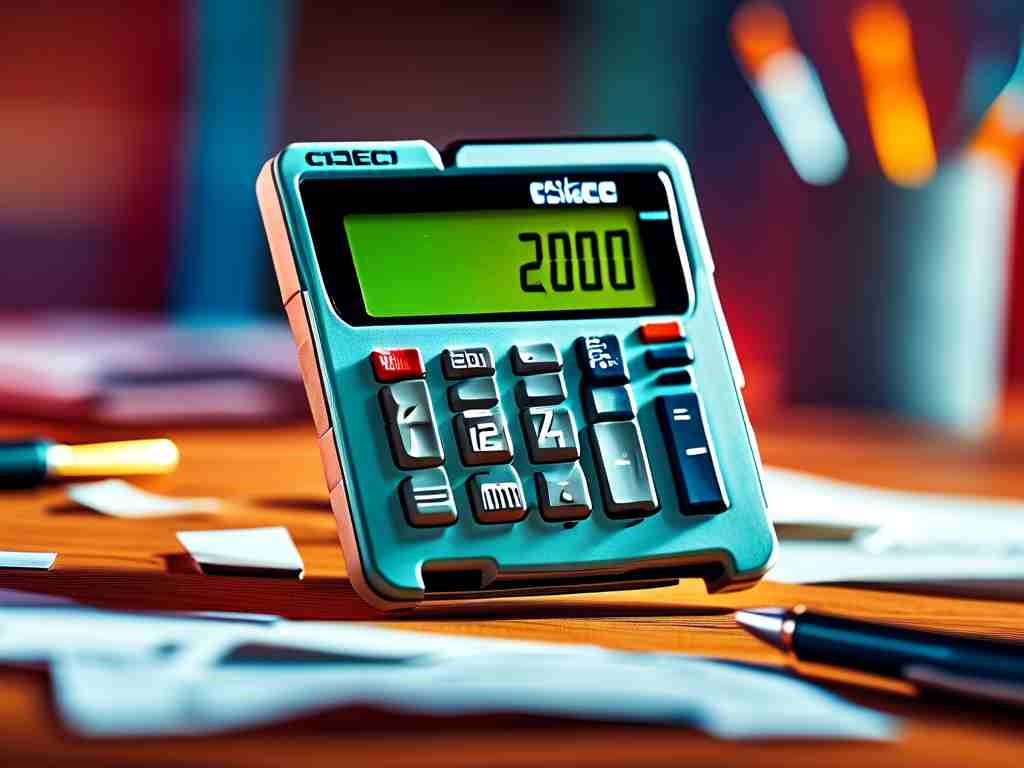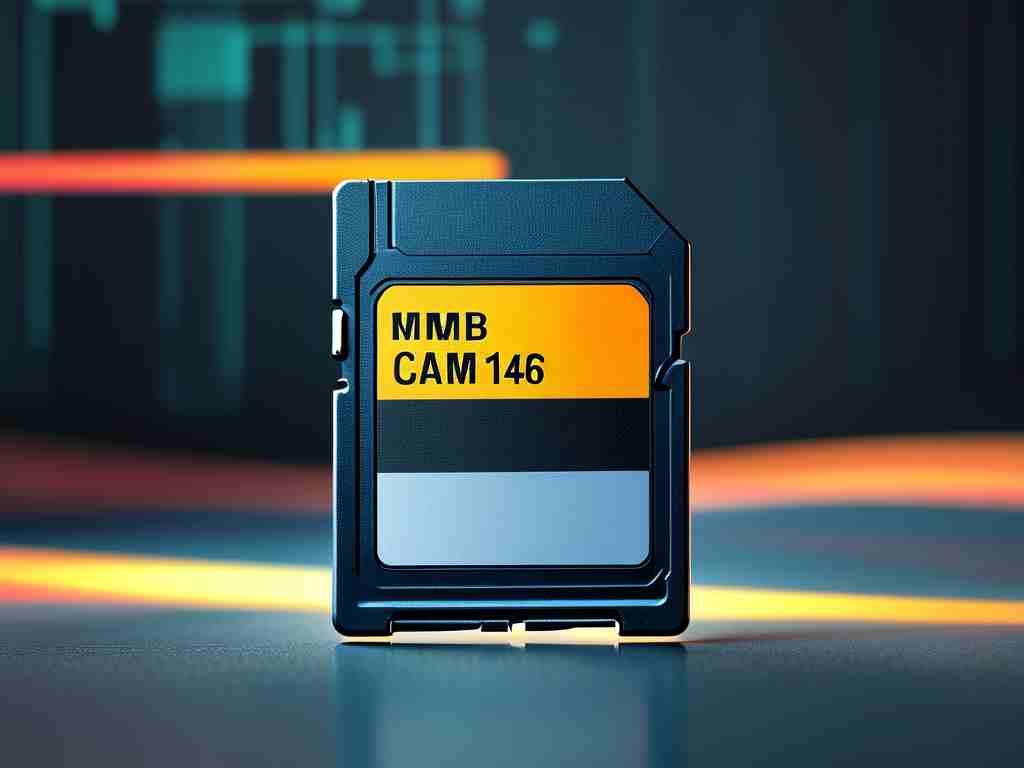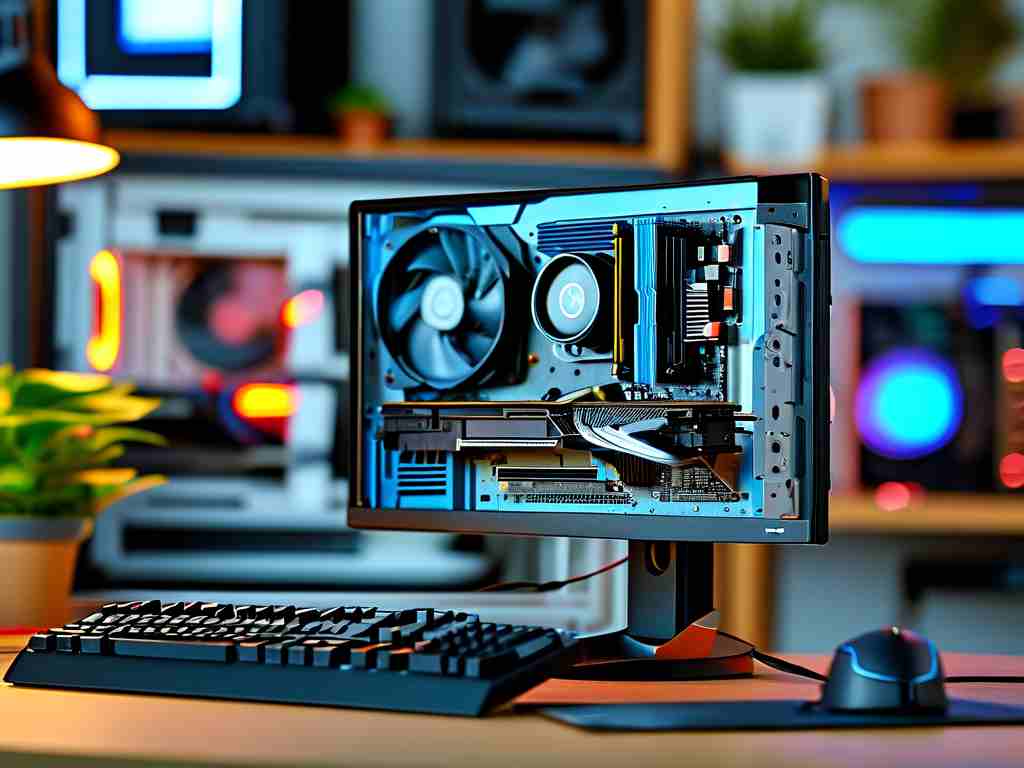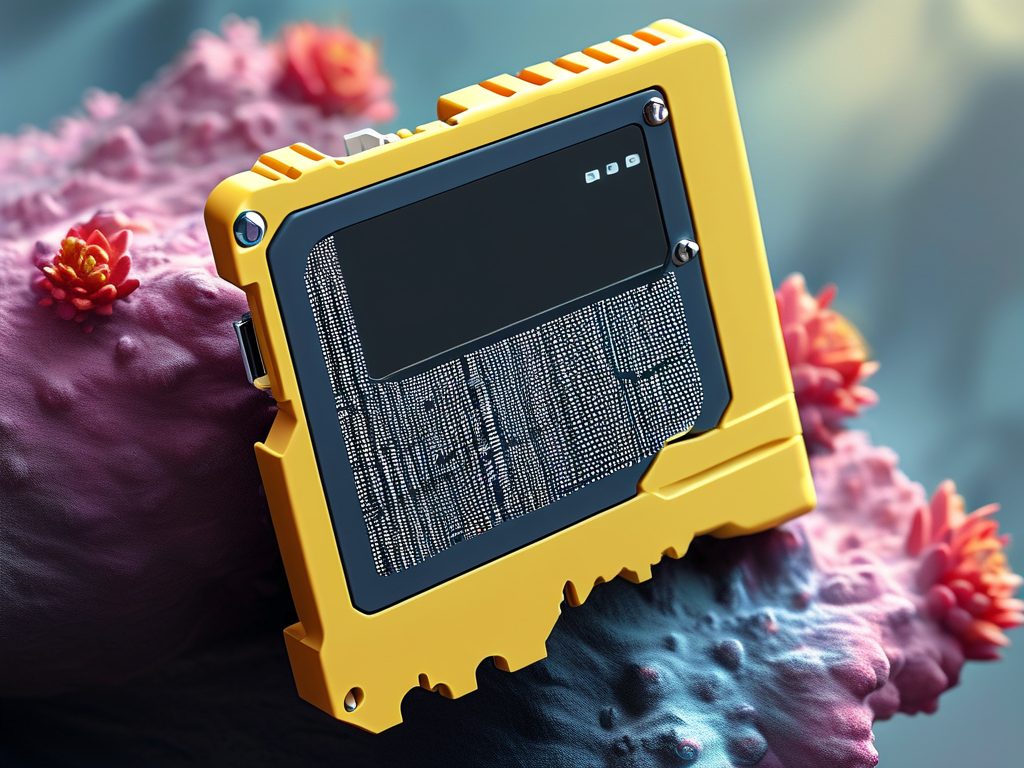Maintaining optimal performance of electronic devices requires periodic maintenance, and calculators are no exception. Over time, stored data, residual calculations, and cached values can accumulate in a calculator’s memory, potentially slowing down operations or causing errors. Whether you’re using a basic handheld calculator, a scientific model, or a graphing calculator, understanding how to clear its memory properly ensures accuracy and longevity. This guide explores practical methods to clean calculator memory across various device types while preserving important functions.
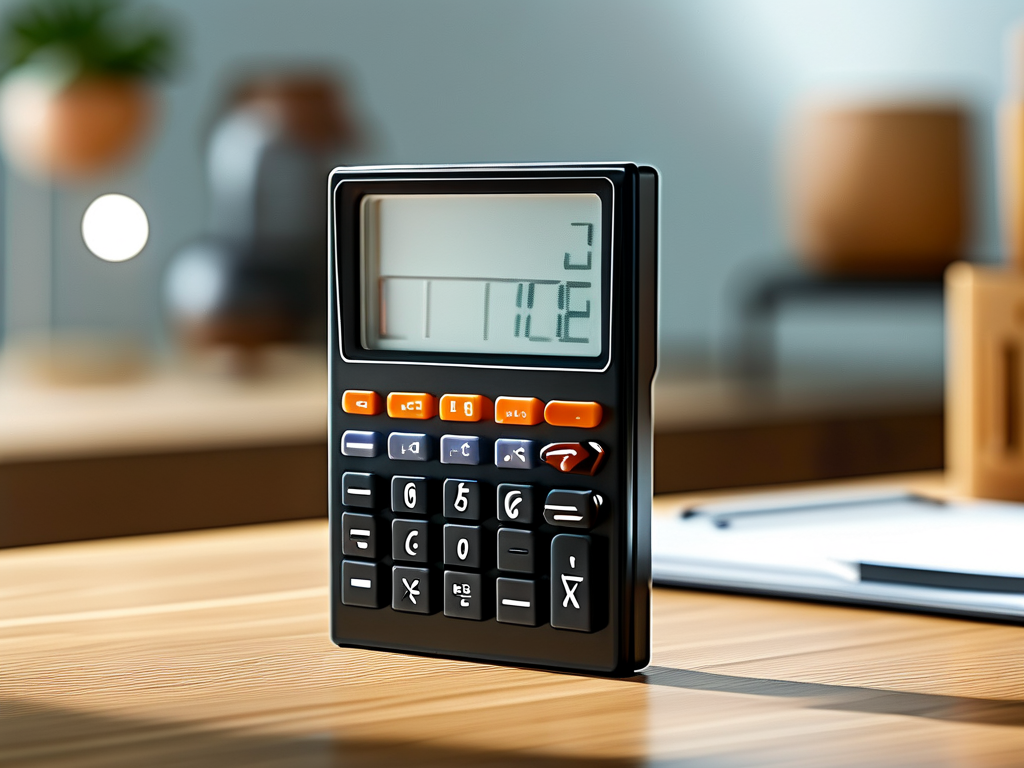
Understanding Calculator Memory Types
Most calculators feature two types of memory: temporary (volatile) and permanent (non-volatile). Temporary memory stores recent calculations and is typically erased when the device is turned off. Permanent memory retains user-defined formulas, constants, or programs even after power loss. Identifying which type of memory needs clearing is crucial. For general maintenance, focus on temporary memory, while factory resets address permanent storage.
Basic Calculators: Simple Reset Methods
For entry-level calculators, a soft reset often suffices. Locate the "AC" (All Clear) or "C" (Clear) button. Pressing this repeatedly may clear recent entries. Some models require holding the button for 3-5 seconds to purge memory. If this fails, remove the batteries for 30 seconds. For solar-powered units, cover the panel with opaque material to drain residual power.
Example code snippet for basic reset:
Press [2nd] + [Reset] → Select "Clear RAM" → Confirm with [Enter]Scientific Calculators: Advanced Memory Management
Brands like Casio or Texas Instruments incorporate multiple memory banks (A, B, C, etc.). To clear specific registers:
- Press the "SHIFT" or "2nd" key followed by the memory bank identifier.
- Navigate to the "Memory" menu using directional buttons.
- Select "Clear All" or individual registers.
Avoid accidental deletion of stored formulas by enabling "Write Protect" mode if available. For graphing calculators like the TI-84 Plus, perform a full reset via:
[2nd] + [Mem] → "Reset..." → "All RAM" → "Reset"Graphing Calculators: Preserving Critical Data
Advanced users storing programs or datasets should back up files before cleaning memory. Connect the device to a computer via USB, then use manufacturer software (e.g., TI Connect™) to export data. After securing backups, execute a factory reset through the system settings menu. This eliminates cached errors without compromising hardware integrity.
Troubleshooting Persistent Memory Issues
If standard methods fail, check for firmware updates. Manufacturers periodically release patches to fix memory leaks or optimization bugs. For physical keypad calculators, stuck buttons may prevent proper reset sequences—clean the keypad with isopropyl alcohol and a microfiber cloth.
Safety Precautions
- Always document custom formulas or programs before wiping memory.
- Avoid using sharp objects to press reset buttons.
- For solar-battery hybrids, ensure adequate charge before performing resets.
Regular memory maintenance keeps calculators responsive and error-free. By following model-specific instructions and prioritizing data backup, users can extend their device’s lifespan while ensuring computational accuracy. Whether preparing for exams or complex engineering tasks, a clean memory foundation enhances reliability. For recurring issues, consult the manufacturer’s support portal or hardware manuals for tailored solutions.


